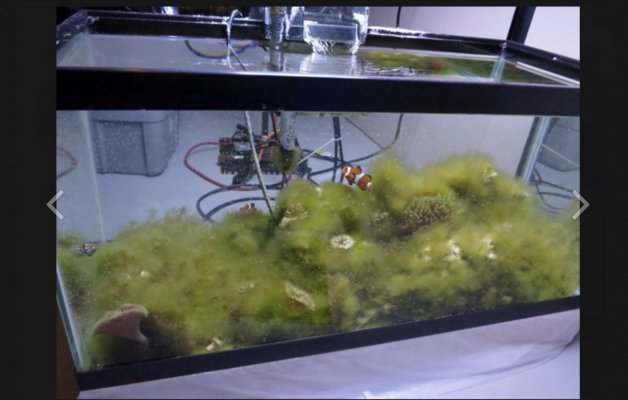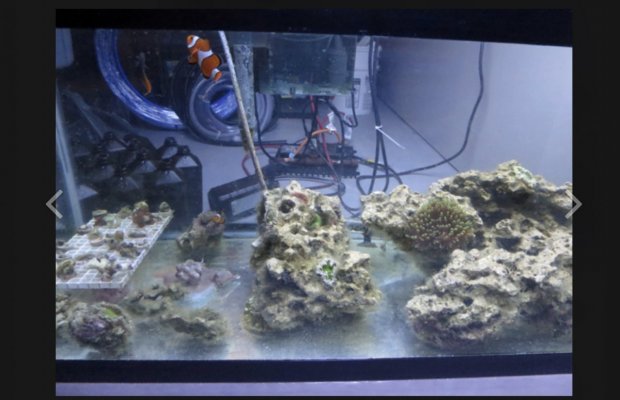- Joined
- May 22, 2016
- Messages
- 6,992
- Reaction score
- 10,775
Amphipod test....
Amphipods are tough cookies. benthic organisms have a high ammonia tolerance.
marine amphipods have been found to have a lethal concentration of ammonia (to 50% of specimens) at 96 hours of anywhere from 0.83 to 3.39 mg/L of free ammonia, NH3 (not total ammonia).
4 treatments - 100mL bottles each with amphipods. Water mixed, dosed, and pH adjusted in separate 500mL containers, then exchanged into the amphipod bottles.
bottle 1
Tank water adjusted to pH 8.5-8.6
bottle 2
Tank water spiked with ammonia drops, adjusted to pH 8.5-8.6
bottle 3
Tank water spiked with ammonia drops and Prime in recommended amounts, adjusted to pH 8.5-8.6
bottle 4
Tank water with Prime only, same amount as bottle 3, adjusted to pH 8.5-8.6
two amphipods added to each bottle.
Ammonia levels will be increased from NH3 levels of 0, up through 0.5, 1.6, 2.7, and 4.4 ppm NH3 every 6-18 hours with the accompanying Prime additions to "detoxify" the ammonia (total ammonia levels 0, 4, 12, 20, 32ppm.) Prime additions 1x dose for each ppm total ammonia. Prime will be added so each addition of Prime can "detoxify" all the ammonia in the sample, not just the last ammonia addition, in case previous Prime doses have stopped "detoxifying".
The pH is elevated because the free ammonia needed to affect amphipods is so large, that higher pH is needed to do so with lower total ammonia.
Amphipods are tough cookies. benthic organisms have a high ammonia tolerance.
marine amphipods have been found to have a lethal concentration of ammonia (to 50% of specimens) at 96 hours of anywhere from 0.83 to 3.39 mg/L of free ammonia, NH3 (not total ammonia).
4 treatments - 100mL bottles each with amphipods. Water mixed, dosed, and pH adjusted in separate 500mL containers, then exchanged into the amphipod bottles.
bottle 1
Tank water adjusted to pH 8.5-8.6
bottle 2
Tank water spiked with ammonia drops, adjusted to pH 8.5-8.6
bottle 3
Tank water spiked with ammonia drops and Prime in recommended amounts, adjusted to pH 8.5-8.6
bottle 4
Tank water with Prime only, same amount as bottle 3, adjusted to pH 8.5-8.6
two amphipods added to each bottle.
Ammonia levels will be increased from NH3 levels of 0, up through 0.5, 1.6, 2.7, and 4.4 ppm NH3 every 6-18 hours with the accompanying Prime additions to "detoxify" the ammonia (total ammonia levels 0, 4, 12, 20, 32ppm.) Prime additions 1x dose for each ppm total ammonia. Prime will be added so each addition of Prime can "detoxify" all the ammonia in the sample, not just the last ammonia addition, in case previous Prime doses have stopped "detoxifying".
The pH is elevated because the free ammonia needed to affect amphipods is so large, that higher pH is needed to do so with lower total ammonia.























